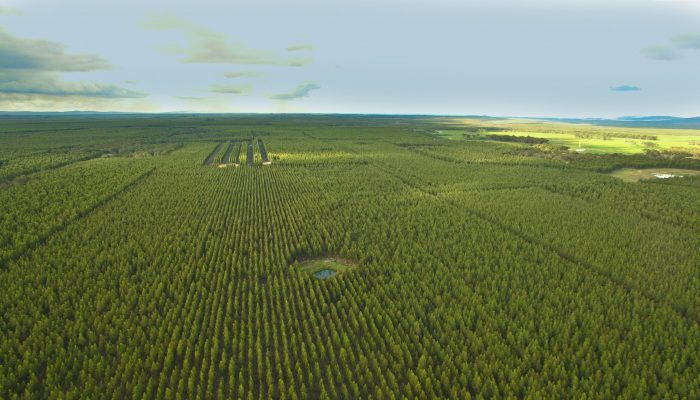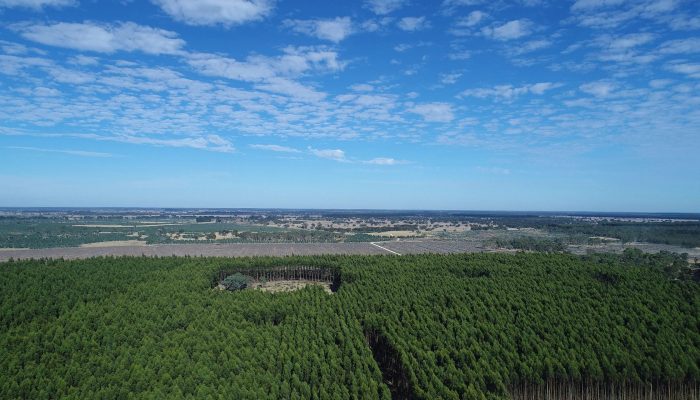How we select, acquire and manage land, whether leasehold or freehold, is essential for our operation’s sustainability. That’s why we consider every decision so carefully.
Our site selection strategy
Our estate managers oversee land selection in the Albany and Green Triangle regions, focusing on finding high-quality sites in strategic locations for our plantations.
Estate Managers assess freehold and leasehold properties, considering everything from soil quality to rainfall, cultural, heritage and environmental factors.
Partnering with our Research and Development team, they use site yield calculations, financial modelling and ongoing trials to determine suitability, mitigate risk and maximise site productivity. This is how we optimise tree growth, fibre and pulp yield.
Albany and Green Triangle regions
Our land strategy maximises estate value and port throughput.
We’re also determined to secure optimal land where it makes sense to do so.


In the Green Triangle region, ABP plays a key role in the Trees on Farm initiative, aimed at growing and developing the on-farm forest plantation sector, which contributes to significantly reducing greenhouse gas emissions.